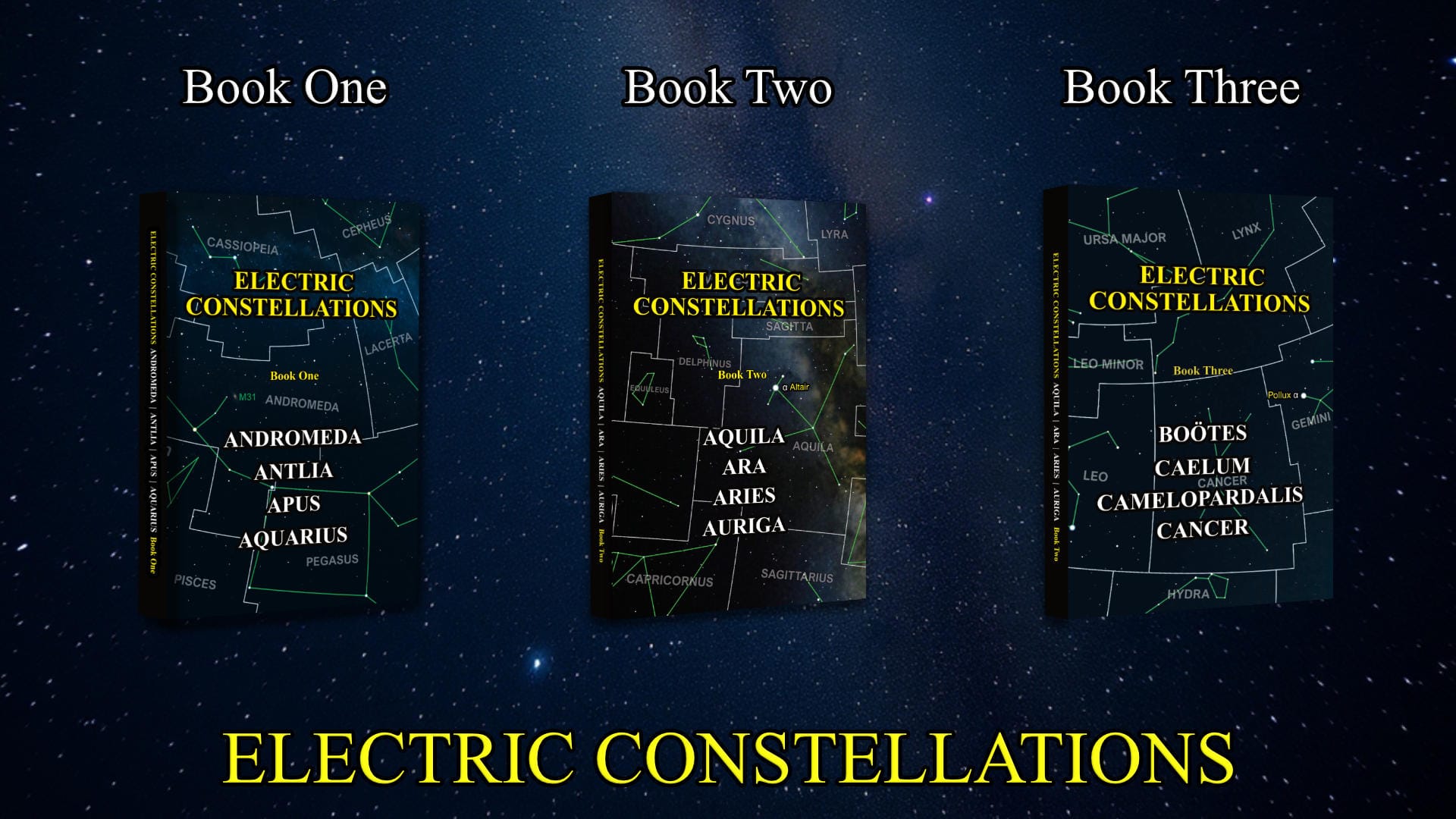Bahtinov Mask

It’s no secret that getting the focus just right in astrophotography can be a real challenge. While autofocus systems work well enough for daytime photography, astrophotography requires manual focusing techniques that can be tricky to master. If the focus is even slightly off, you can end up with soft stars, less detail, and images that just don’t do justice to the beauty of the night sky.
The Bahtinov mask is a brilliant solution to this problem, using a simple application of optical physics. When you place the mask over the aperture of your telescope, it creates a unique diffraction pattern around bright stars. As you adjust the focus, this pattern shifts predictably, providing a clear visual cue when you’ve achieved perfect focus. The great thing about this method is that it makes minuscule focus adjustments visible, which would otherwise be impossible to see with the naked eye.
Unlike software-based focusing aids, which require costly equipment, the Bahtinov mask is affordable and portable, requiring no power or technical setup. It is compatible with virtually any telescope system and can be used with both visual observation and imaging setups. This has made it a popular focusing tool among amateur astronomers and professional astrophotographers.
Why the Bahtinov Mask is a Game-Changer in Astrophotography Focus
It’s no secret that getting the focus just right in astrophotography can be a real challenge. While autofocus systems work well enough for daytime photography, astrophotography requires manual focusing techniques that can be tricky to master. If the focus is even slightly off, you can end up with soft stars, less detail, and images that just don’t do justice to the beauty of the night sky.
The Bahtinov mask is a brilliant solution to this problem, using a simple application of optical physics. When you place the mask over the aperture of your telescope, it creates a unique diffraction pattern around bright stars. As you adjust the focus, this pattern shifts in a predictable manner, providing a clear visual cue when you’ve achieved perfect focus. The great thing about this method is that it makes minuscule focus adjustments visible, which would otherwise be impossible to see with the naked eye.
Unlike software-based focusing aids, which require costly equipment, the Bahtinov mask is affordable and portable, requiring no power or technical setup. It is compatible with virtually any telescope system and can be used with both visual observation and imaging setups. This has made it a popular focusing tool among amateur astronomers and professional astrophotographers.
Challenge the standard model—explore the cosmos through the Electric Universe Theory. These Electric Constellations books contain full-color, data-rich investigations of four constellations each. They're not a beginner's star guide—they're a serious work for independent thinkers, astronomers, and scientifically literate readers seeking to understand the Universe beyond conventional gravity-based interpretations.
Each constellation is examined in detail, with attention to its Bayer-designated stars, mythological origins, meteor showers, and bordering constellations. In-depth profiles of deep-sky objects—including galaxies, planetary nebulae, and star clusters—are paired with high-resolution imagery from the Webb and Hubble space telescopes, delivering both scientific clarity and visual impact.
Central to this series is the Electric Universe (EU) model, which proposes that electromagnetic forces—not gravity alone—govern much of the structure and behavior of the cosmos. Rather than treating this as speculative fringe, the book frames the EU model as an evidence-based, plasma-physics-informed alternative to the standard cosmological narrative.
Inside each volume:
- Comprehensive coverage of four distinct constellations
- Analyses of deep-sky objects in the EU context
- Original commentary on plasma discharge features and Z-pinch configurations
- Mythological and historical context without romantic embellishment
Written for readers who demand more than rote repetition of gravitational dogma, Electric Constellations opens a new observational and theoretical frontier—where stars light by electrical currents, not fusion, and where structure emerges from plasma dynamics, not dark matter.
Whether you are an amateur astronomer, electrical engineer, or astrophysicist curious about alternative models, these books deliver a rigorous and visually stunning exploration of the night sky—illuminated by a very different current.
